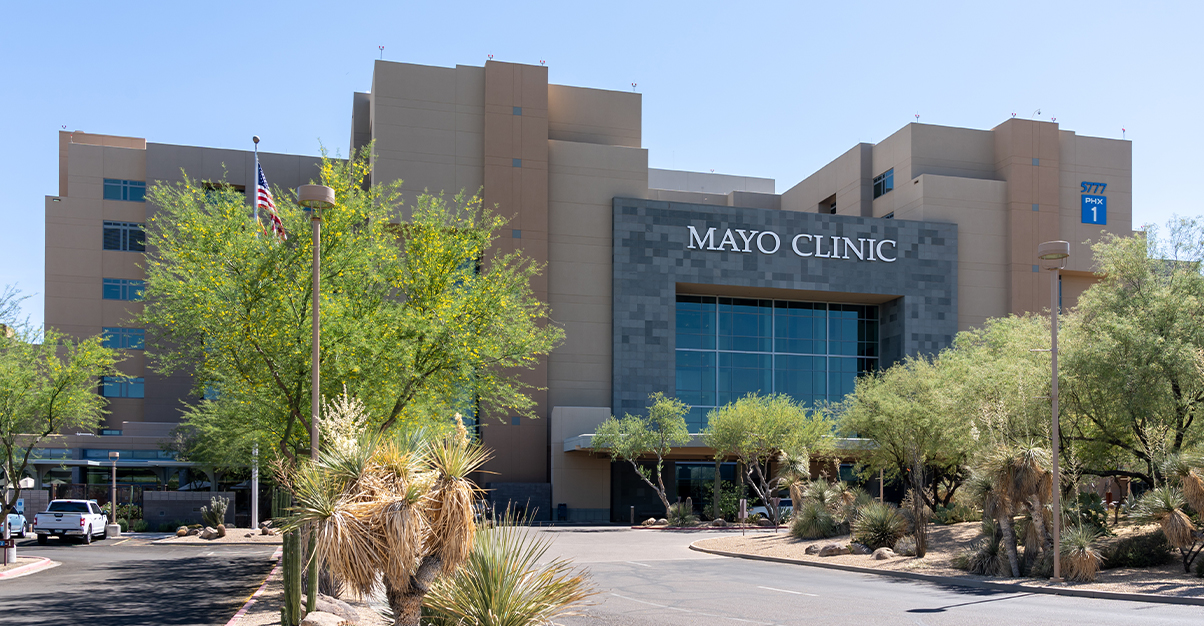
Customer Stories
Smarter Phishing Defense.
Stronger Human Security.
See the measurable results behind our success stories.
Fortune 500 Leader Strengthens Email Security with Cofense
Discover how customized training and detection solutions from Cofense empowered a global manufacturer to tackle threats, engage employees, and protect its operations.








